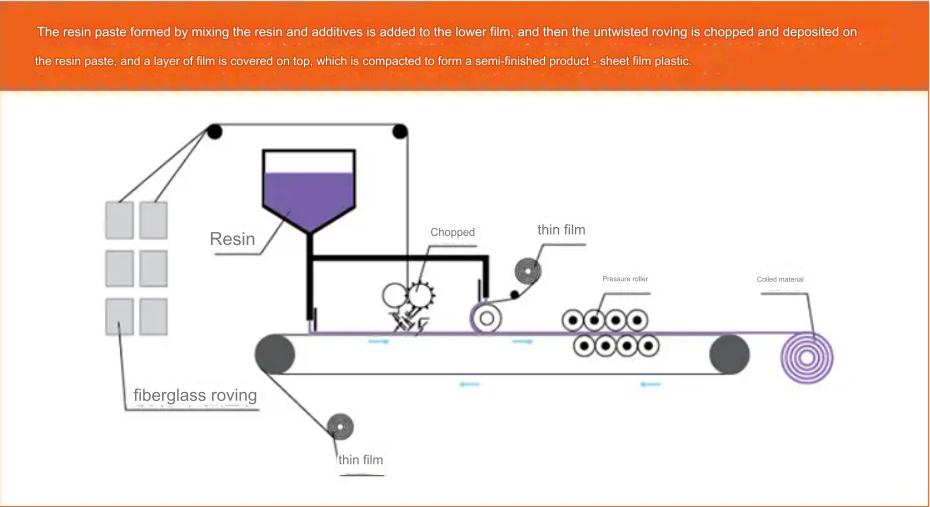Introduction:
SMC (Sheet Molding Compound) compression molding is a widely used manufacturing process in the field of composite materials and mold making. It involves the compression molding of a pre-prepared sheet molding compound into a desired shape under high pressure and temperature. This article aims to provide a comprehensive overview of SMC compression molding, its process, advantages, applications, and considerations.
Overview of SMC Compression Molding:
(SMC) is a combination of resins, fibers, and additives that are blended into a sheet form. The SMC sheet is typically composed of thermosetting resins such as polyester or vinyl ester, reinforcing fibers such as glass or carbon, and various fillers and additives for enhancing properties and performance.
The SMC compression molding process begins with the preparation of the SMC sheet, which is cut into specific sizes according to the mold design. The mold cavity is then coated with a release agent to facilitate easy part removal. The SMC sheet is placed into the mold cavity, and the mold is closed under hydraulic pressure. Heat and pressure are applied to the mold, causing the SMC material to flow and conform to the shape of the mold cavity. After curing, the molded part is ejected from the mold, trimmed, and finished as required.
Advantages of SMC Compression Molding:
- Design Flexibility: SMC compression molding offers designers a high degree of freedom in creating complex shapes and intricate geometries.
- High Strength-to-Weight Ratio: SMC parts exhibit excellent mechanical properties, including high strength, stiffness, and impact resistance, while being lightweight.
- Corrosion Resistance: SMC materials are inherently resistant to corrosion, making them suitable for outdoor and harsh environment applications.
- Cost-Effectiveness: SMC compression molding is a cost-effective manufacturing process, especially for large production volumes, due to its high productivity and low material waste.
- Surface Finish: SMC parts can achieve a smooth surface finish directly from the mold, reducing the need for secondary finishing operations.

Applications of SMC Compression Molding:
SMC compression molding finds extensive applications across various industries, including automotive, aerospace, electrical, construction, and consumer goods. Common applications include:
- Automotive components: Bumpers, body panels, interior trim, and under-the-hood parts.
- Electrical enclosures: Switchgear housings, electrical cabinets, and control panels.
- Aerospace structures: Fairings, interior panels, and structural components.
- Building and construction: Doors, window frames, cladding panels, and utility boxes.
- Consumer products: Kitchen appliances, bath fixtures, and recreational equipment.

Considerations for SMC Compression Molding:
While SMC compression molding offers numerous advantages, there are some considerations to keep in mind:
- Mold Design: Proper mold design and maintenance are crucial for achieving consistent part quality and dimensional accuracy.
- Material Selection: The selection of SMC materials should consider factors such as mechanical properties, thermal stability, and environmental resistance.
- Process Optimization: Optimization of process parameters such as temperature, pressure, and cycle time is essential for maximizing productivity and minimizing defects.
- Post-Molding Operations: Depending on the application requirements, post-molding operations such as trimming, drilling, and surface finishing may be necessary.
